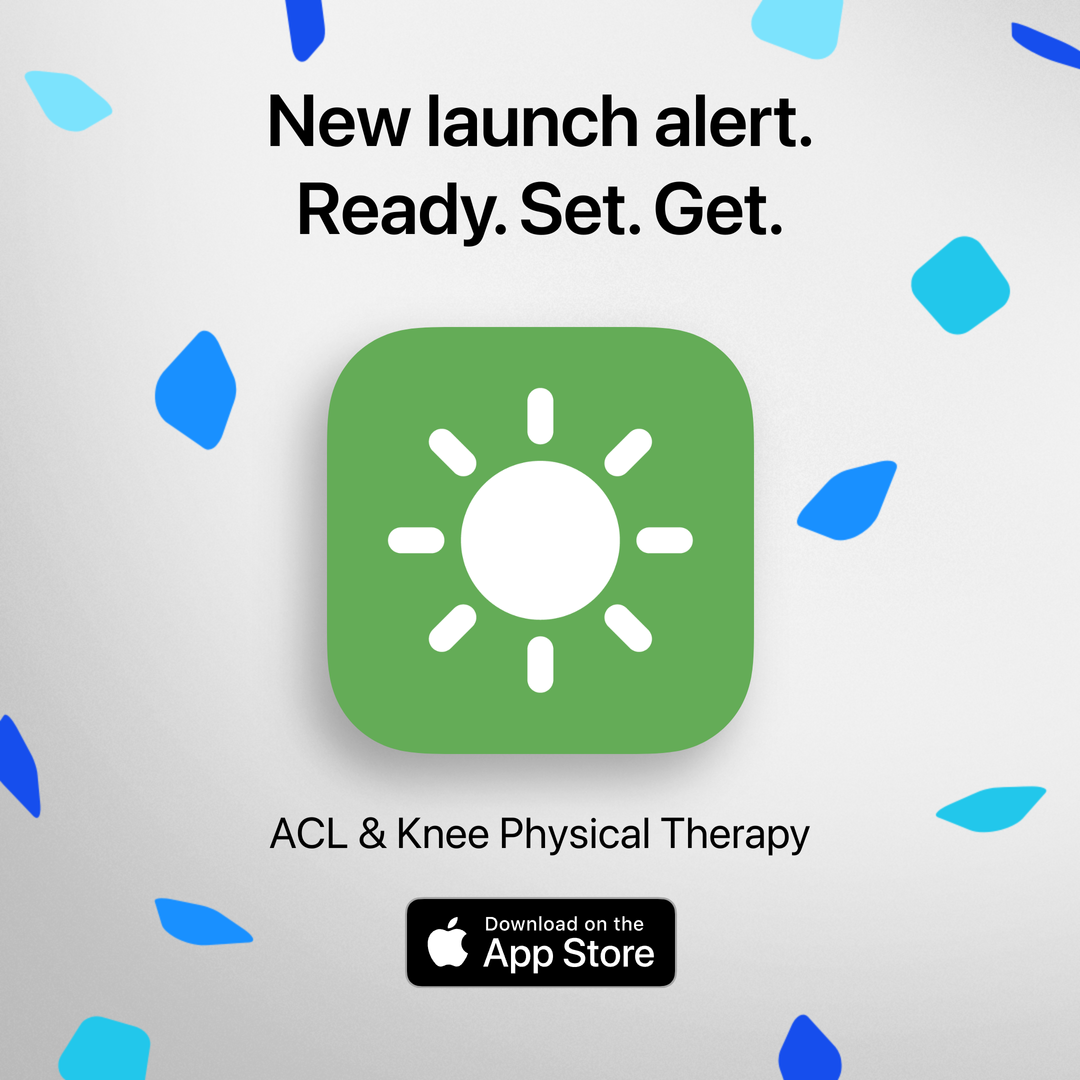Exactly how long does it take to regain muscle after an ACL surgery? It can take up to 1 year after your ACL surgery to regain your muscle mass! This sounds like a very long time but there are some really important reasons why this is the case. Muscle loss, also called muscle atrophy, is normal after an ACL surgery. Learn more about muscle loss after ACL surgery by reading this blog.
Listen to Andrew Veley, a physical therapist, talk about the reasons why it will take up to a year before you regain your muscles after an ACL surgery in the video below.
Do you want to find a way to quantify your muscle loss? Or better understand the difference between your surgical ACL leg and your non surgical leg? Read this blog about how to measure the difference between your two legs by taking a simply thigh girth measurement. If you need a video explanation of what thigh girth measuremnts are and how they can be used to track your progress watch this short video.
Here is Andrew's full blog on muscle loss after ACL surgery.
Read all 6 of Andrew's blogs here!
If you are recovering from an ACL injury or ACL surgery download our Curovate physical therapy app from the links below. Curovate provides daily video guided exercises, the ability to measure knee range of motion, in-app chat with a physical therapist to answer your questions and educational blogs and webinars.
If you need further customized assistance during your ACL recovery check out our Virtual Physical Therapy page to book your 1-on-1 video session with a physical therapist.


Other Blogs Related to ACL Surgery and Rehabilitation
- Why do I feel weak after surgery?
- How to become more consistent with your exercise program using curovate
- ACL recovery timeline
- Is my ACL graft weaker than my original ACL or is my ACL graft stronger than my original ACL?
- When can I return to sport after ACL injury or surgery?
- Is there a difference in what I need to do if I had a quad tendon graft compared to a patellar tendon graft for my ACL reconstruction?
References








